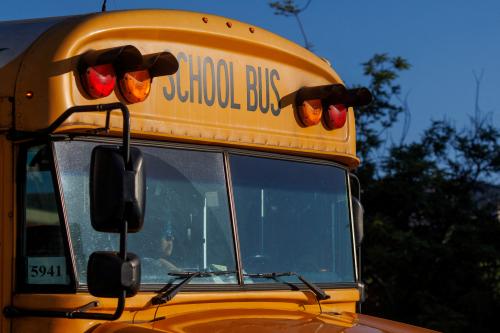Abstract
There is growing recognition that there are many career-enhancing pathways through four-year and community colleges. Nevertheless, many students leave high school without the skills needed to complete the most demanding academic pathways, nor realistic plans for completing alternative pathways that are far more likely to lead to desirable outcomes.
This situation can be improved by high schools helping those disengaged students who are uninterested in attending college see personally meaningful connections between high school, college, and careers, and by helping non-college-ready students who are interested in attending college recognize their deficits and develop skills for college success.
There are practical and low-cost ways to help both types of students that are likely to substantially increase their college completion and entry into well-paying jobs. This paper suggests that schools help disengaged students by integrating high school and post-high school planning into middle and high school curricula, and help non-college-ready students by providing college readiness assessments to high school juniors and college-success courses to seniors needing to improve their readiness.
The paper also suggests complementing these two initiatives by having outside groups provide the individualized mentoring students need to develop plans that they are confident can be realized, as well as the support needed to overcome obstacles.
However, the lynchpin of these proposals is modifying state accountability systems to increase schools’ incentives to help every student achieve his or her own college and career goals, while simultaneously reducing perverse incentives that have led to over-reliance on teaching to tests that are not aligned with students’ post-high school goals.
Importantly, these proposals would substantially increase students’ motivation, confidence, and information base—allowing many to improve their college readiness as measured by test scores—and help all students, whether or not they improve test scores, to select postsecondary pathways that they are likely to complete.
The author received financial support from the Institute of Educational Sciences, the independent, nonpartisan research arm of the U.S. Department of Education in this article. He is currently not an officer, director, or board member of any organization with an interest in this article.






